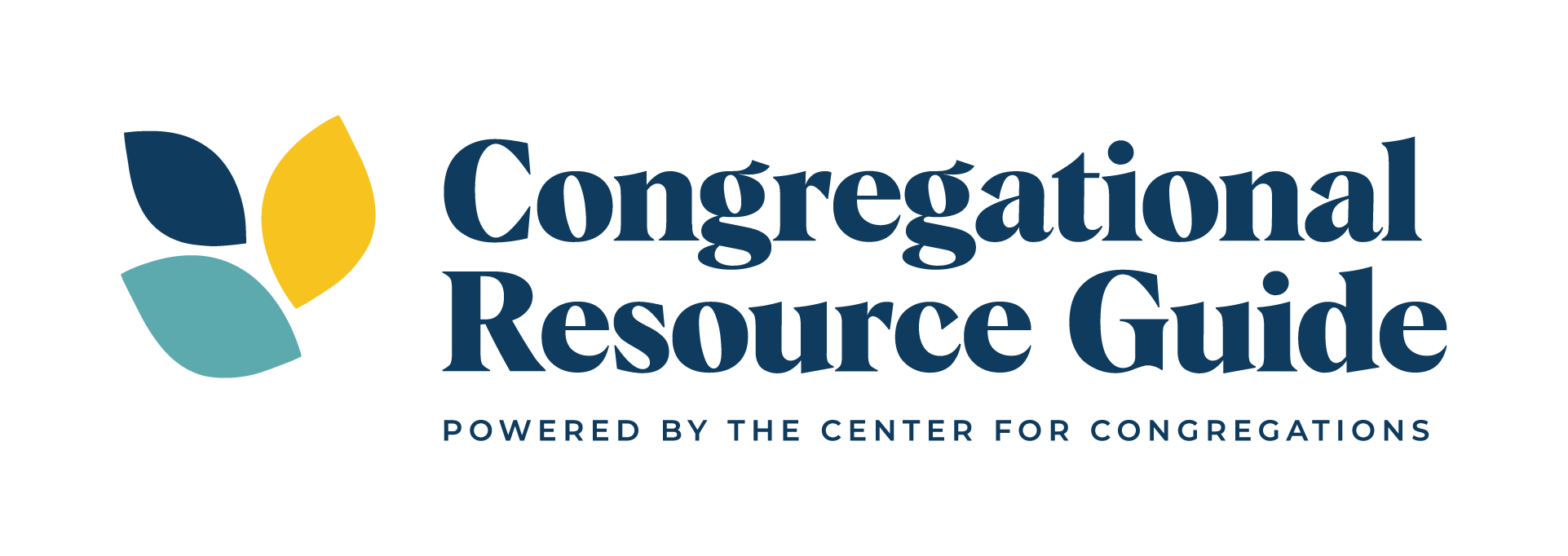During the 1950s, a psychiatrist named Murray Bowen created a new intervention for those with family members suffering from schizophrenia. Two decades later, Rabbi Edwin Friedman used Bowen’s theory to help clergy think about congregational life. Friedman’s acclaimed book, Generation to Generation, launched the theory as a helpful leadership method for congregations.
Congregational leadership
By now, two generations of clergy have applied the Bowen theory concepts to the work of congregational leadership. These concepts include self-differentiation, anxiety, triangles, multi-generational transmission process and emotional cutoff. In addition to Edwin Friedman’s works, Peter Steinke, Arthur Paul Boers, Israel Galindo, Ronald Richardson and Roberta Gilbert, among others, have written books that apply Bowen’s theory to congregational life. Many consultants use the Bowen method as a framework for their engagements with congregations.
Does this approach help strengthen the local congregation?
Below you will find four observations regarding the helpfulness of Bowen Family Systems.
1) It is not necessary to teach the theory to congregations. The best Bowen theory resources are those which help leaders try new behaviors, not just learn the theory. Spending too much time explaining the Bowen method to congregants has the effect of an orthopedic surgeon explaining in excruciating detail hip replacement to a patient (“then I will take a hammer to your femoral head…”). Don’t substitute sharing the theory with living the theory. Practice it.
2) Many leaders misunderstand what Bowen and Friedman mean by self-differentiation. Differentiation of self is the lifelong work of developing the ability for both autonomy and closeness. Too often this concept is interpreted as license to take alienating stands with little attention to relationships. As a leader working on self-differentiation, you learn to connect deeply with others while at the same time you are learning to be clear about what matters most to you. Self-differentiation includes both connection and boundaries.
3) It could be that the Bowen and Friedman dictum to remain non-anxious is counterproductive, at least sometimes. In Bowen Theory, one of the markers of maturity is the capacity to remain non-anxious in difficult situations. This instruction functions like the command to “love your enemy” – easy to say, but hard to do. Anxiety is not always harmful. Trying to maintain a non-anxious presence often has a paradoxical effect – it raises, not lowers, anxiety. Honesty and authenticity are virtues. It is okay for a leader to say “this makes me anxious.”
4) Bowen theory proponents have a propensity to speak assuredly of the method. I find organizations less predictable than most Bowen theorists assert. They are more certain of their theory than the word “theory” would imply. I wonder, for example, if self-differentiation as it is explained in the Bowen model does not acknowledge the way clergy often need to imagine and manage opposing thoughts within not just the congregation, but within themselves. Does Bowen Theory leave mental space for the self to be transformed by divergent views within one’s self?
Creating a framework
Certainly, though, Bowen Family Systems resources provide congregational leaders with a framework for understanding behaviors they are experiencing in congregations. However, like most things in life, it is appropriate to think critically about this theory. Its power may be in the way it is adapted to fit a leader’s temperament and experience.
In this blog, I’ve referred to Bowen theory proponents. Here are resources that apply the theory to congregational life.
If you’d like to continue the conversation email me at tshapiro@centerforcongregations.org


